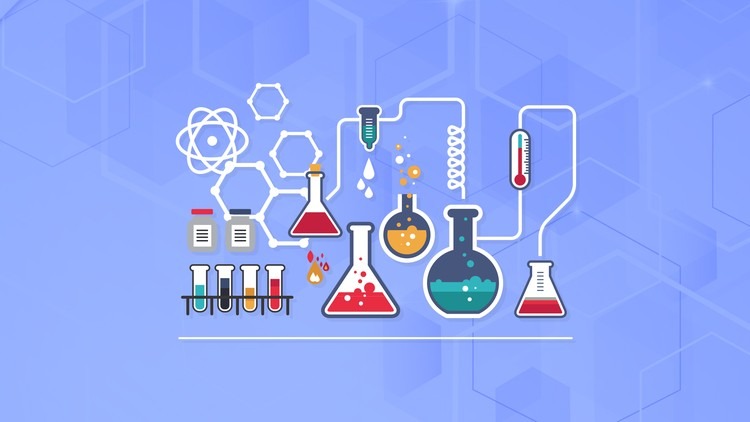
Methods Of Purification And Analysis
Methods Of Purification And Analysis
A pure substance has specific melting and boiling points. Eg. Ethanol
When we extract products from natural materials. We get mixtures that may exist in different composition and thus have no fix melting or boiling points. Eg. Crude oil.
If a mixture has substances all in same state, its called homologous. Eg. Air (all gases)
If a mixture has substances in different states, its called heterogeneous. Eg. Blood (solids and liquids)
Separating Solids And Liquids In Solution
Evaporation
A solution that contains a solid is kept in an evaporating basin. The solution evaporates leaving behind the solid crystals. This process is carried out in a large scale with sea salts.
Simple Distillation
Here the components from a solution are separated on the basis of their boiling points.
As the vapour from the solution in the round bottomed flask move up and into the condenser, they cool down, turn into a liquid and hence are collected in a beaker on the other end. That solution is called the liquid distillate.
Separating Funnel
Some liquids are immiscible which means they do not mix together such as oil and water. They can easily be separated using a separating funnel. The lower layer is collected into a beaker when the tap is opened.
Fractional Distillation
This method is for miscible liquids with significantly different boiling points. Miscible liquids are heated in a round bottom flask, their vapour at their specific boiling points, move up to a fractionation column and are condensed into a liquid in the liebig condenser. That liquid after being separated is then accumulated in a conical flask.
An industrial use of the fractionation column comes in the refining process of crude oil.
Separating A Solid And A Liquid
Decantation
When large particles of a solid are in the liquid, the liquid is carefully poured out as these large particles tend to settle at the bottom.
Filtration
This method of separation is used when the solid particles are small and don’t settle at the bottom. In this method, a porous filtration paper is used and the solid is poured through the filtration paper in the funnel. The residue gets collected above and the liquid filtrate is collected underneath.
Centrifugation
A process most commonly used to separate solid and liquid substances in blood. The sample is kept in a test tube and spun in a centrifuge which allows the solid to sit at the bottom.
Mixtures Of Soluble And Insolubles Solids
A mixture of soluble and insoluble solids can be removed by first dissolving the soluble solid in water and then filtering the insoluble substance and using the method of crystallization to gain pure crystals.
Mixture Of Soluble Solids
If two soluble liquids with different solubility exist in a mixture, fractional crystallization must be used. The mixture is to be dissolved in water and then heated carrying on the process of crystallization and the substance with higher solubility will be obtained and can be obtained by filtration.
Chromatography
A spot of substance is placed on one end of the absorbent paper and dipped in solvent. As the solvent carries up the paper, pigments from the substance will separate. The more soluble liquid will move faster and would separate up higher on the paper. The resulting paper is called is called a chromatogram.
Rf value = distance travelled by substance/ distance travelled by solvent
